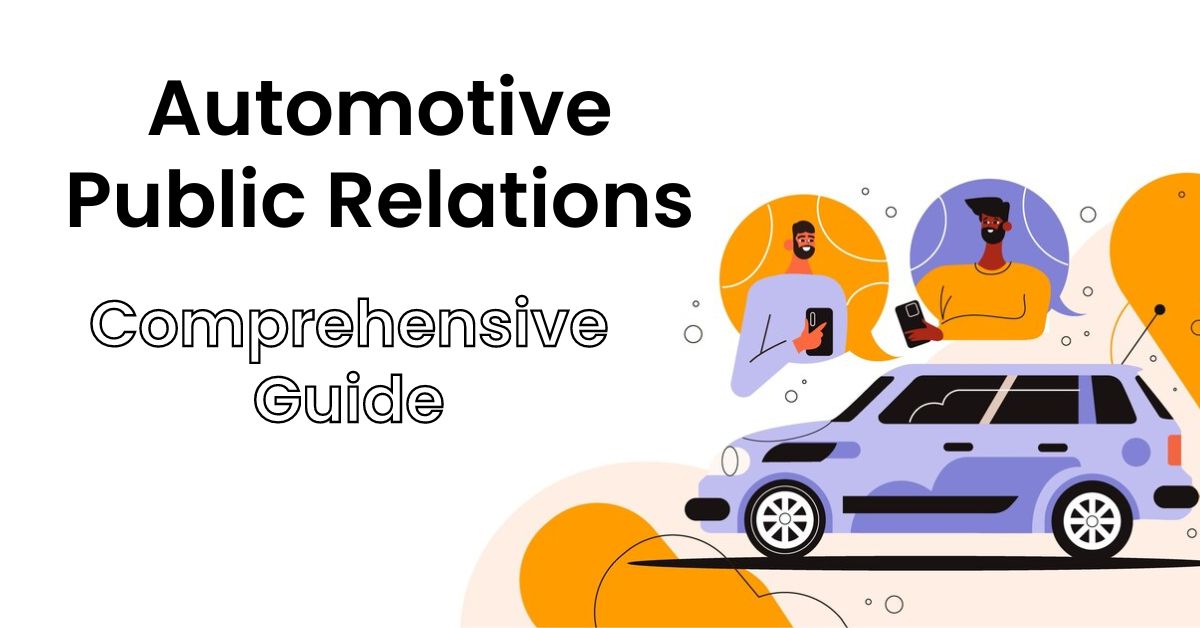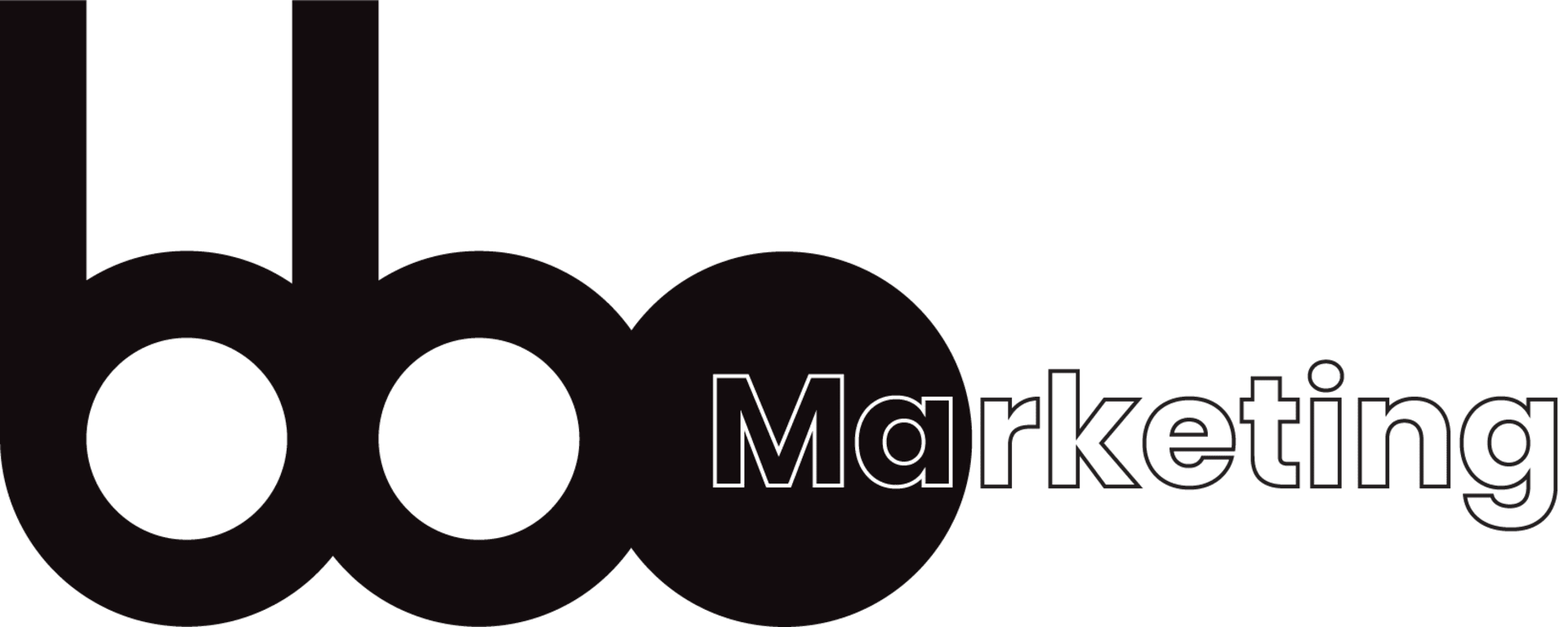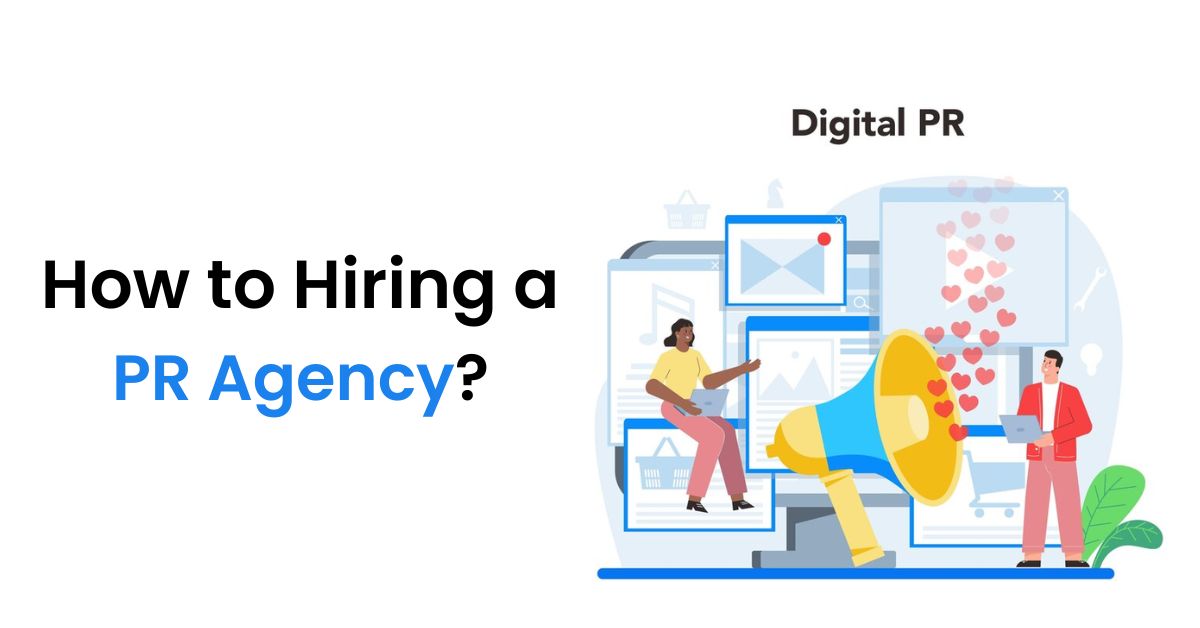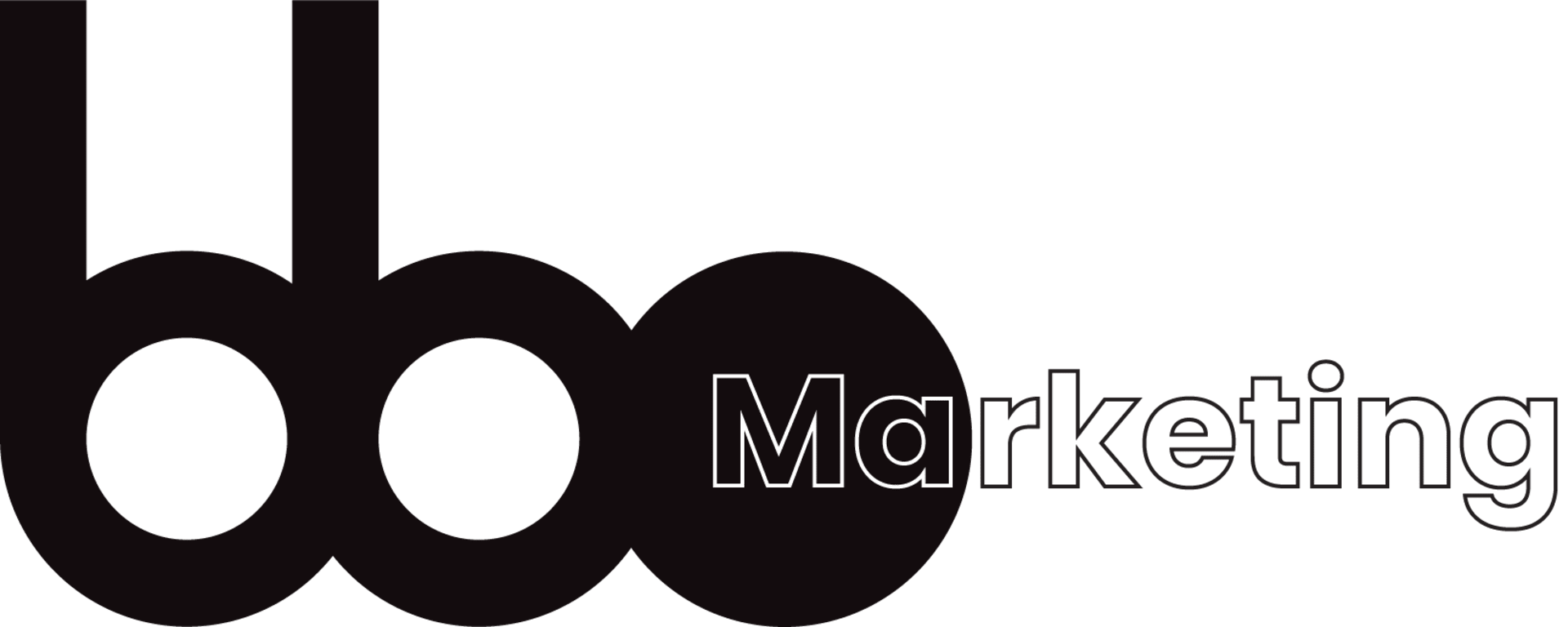
Automotive Public Relations: Comprehensive Guide for Automotive Business in 2025
Automotive public relations is a specialized field focused on managing communication and relationships for brands within the automotive industry. It encompasses a wide range of strategies aimed at enhancing brand visibility, reputation, and consumer engagement across multiple platforms.
As technology changes the car industry and consumer preferences shift, PR plays a key role. It shapes public perception and drives business growth. This comprehensive guide on automotive PR, explores the importance of automotive PR, key strategies, challenges, and future trends.
Key Functions of Automotive PR
- Media Relations: Building and maintaining relationships with social media content creators, journalists, bloggers, and influencers in the automotive sector.
- Digital PR: Securing backlinks, managing social media presence, and creating engaging online content.
- Event Management: Organizing auto shows, test drives, product launches, and other promotional activities.
- Crisis Management: Developing strategies to address negative publicity swiftly.
- Content Creation: Producing high-quality imagery, Automotive Cinematic Video, articles, and interactive media.
Automotive Public Relations Statistics
What the Statistics Say about Automotive Pr?
Recent research provides compelling insights into the effectiveness and trends of automotive PR:
- 39% of buyers report articles or news stories as extremely or profoundly influential in their purchase decision (Foresight Research).
- 77% of buyers exposed to PR are extremely or highly influenced by those articles or stories.
- In comparison, TV advertising influences 40% of buyers, while digital advertising influences 58%.
- 95% of vehicle buyers utilize digital media as an information source during their purchasing process.
- Digital advertising spending in the automotive sector has grown a lot. In 2022, the UK market exceeded £2 billion. Meanwhile, the U.S. market is nearing $20 billion.
- Ninety-one percent of consumers want brands to create more video content. However, 43% of automotive companies do not have a video strategy.
- 92% of potential car buyers conduct online research before making a purchase.
- 40% of marketers in the automotive sector cite attracting quality leads as their most significant challenge.
These statistics highlight the key role of PR in the automotive industry. They also show how important digital strategies are for reaching and influencing consumers.
Contents
Importance of Automotive Public Relations
- Brand Awareness: Establishes a brand’s presence in a competitive market.
- Consumer Trust: Fosters relationships with media outlets and influencers, enhancing brand credibility.
- Market Positioning: Positions automotive brands as leaders in innovation, sustainability, or performance.
- Lead Generation: Attracts potential customers and guides them through the sales funnel.
- Crisis Mitigation: Minimizes reputational damage and maintains stakeholder confidence during challenging times.
Strategies for Effective Automotive PR
- Create a Clear Brand Message: Build a strong and clear brand story. This story should show the company’s values, vision, and unique selling points (USPs).
- Leverage Media Relations: Build strong relationships with automotive journalists, bloggers, and influencers. Regularly pitch stories and provide exclusive content.
- Host and Promote Launch Events: Organize impactful launch events for new car models, technologies, or innovations. Provide hands-on experiences for media and consumers.
- Use digital PR and social media together. This will help you share your message. This will also allow you to reach more people.
- Create Engaging Content: Make high-quality content like press releases, blogs, videos, and case studies. Show off your brand’s innovations and leadership in the industry.
- Focus on Corporate Social Responsibility (CSR): Highlight your brand’s commitment to CSR initiatives such as environmental sustainability, community involvement, and safety standards.
- Engage in Thought Leadership: Position your brand’s leaders and experts as thought leaders in the automotive industry. You can do this through speaking events, articles, and webinars.
- Manage Crisis Communications Effectively: Prepare detailed crisis communication plans and act quickly and transparently when issues arise.
- Monitor and Analyze Media Coverage: Use tools to track your brand’s coverage, social media mentions, and public feelings.
- Embrace Video Marketing: Develop a comprehensive video strategy that includes product demonstrations, behind-the-scenes footage, and customer testimonials.
How to do automotive public relations (PR)
Automotive public relations focuses on building and maintaining a positive image for automotive brands through strategic communication. Whether it’s launching a new vehicle, managing a crisis, or creating buzz at automotive events, PR plays a crucial role in shaping public perception. Here’s a structured approach to developing a successful automotive PR strategy.
Step 1: Define Your PR Goals
The first step is to clearly define your public relations goals. Are you aiming to increase brand awareness, promote a new vehicle, improve the brand’s reputation, or handle a crisis?
1. Identify Key Objectives: Outline specific objectives like generating media coverage, improving online reputation, or increasing engagement with automotive influencers.
2. Target Audience: Know your audience—are you targeting car buyers, industry experts, or automotive journalists?
Example: If you’re launching a new electric vehicle (EV), the goal could be to generate awareness about its environmental benefits and cutting-edge features.
Step 2: Build Relationships with Automotive Media
Strong media relations are crucial in automotive PR. Building relationships with automotive journalists, influencers, and bloggers ensures that your news gets published and shared with a relevant audience.
1. Create a Media List: Identify key automotive media outlets, bloggers, and influencers. This should include auto magazines, websites, YouTube channels, and local news outlets.
2. Personalized Outreach: When pitching your story, tailor it to each outlet or journalist’s focus. Provide them with press kits, technical details, and exclusive test drives.
Example: If you’re unveiling a new model, invite select journalists for a first-hand experience, such as test-driving the car, and give them the information they need to publish a review.
Step 3: Craft Compelling Press Releases and Content
A well-written press release can grab media attention and communicate your key message effectively. Craft press releases for product launches, partnerships, recalls, or any significant brand announcements.
1. Focus on Newsworthy Angles: Highlight unique features of the car, brand milestones, or innovations.
2. Include Visuals: Automotive media loves high-quality visuals, so include professional photos and videos of the vehicle or event.
Example: When launching a new car, your press release should focus on its innovative features, fuel efficiency, and safety standards, along with stunning photos of the vehicle in action.
Step 4: Organize and Promote Events
Automotive PR often involves organizing and promoting events like car launches, test drives, or participation in auto shows. These events help create buzz and give the media firsthand experience with your vehicles.
1. Event Management: Plan every detail of the event, from the location to the attendees. Ensure journalists and influencers are invited early, and provide them with exclusive access to products or executives.
2. Post-Event Follow-Up: After the event, follow up with media contacts to ensure coverage and provide any additional materials they may need.
Example: For a new vehicle launch, you can organize a test drive event for journalists and influencers at a scenic location, offering them a memorable experience and increasing the chances of media coverage.
Step 5: Leverage Social Media for Digital PR
Description:
Social media plays a key role in modern PR strategies. Use platforms like Instagram, Facebook, and Twitter to amplify your PR campaigns, engage with the audience, and share news.
1. Content Strategy: Share behind-the-scenes content, vehicle features, and media coverage across social platforms. Use video storytelling to showcase new vehicles or manufacturing processes.
2. Engage with Influencers: Partner with automotive influencers to review vehicles or promote brand events on social media. User-generated content also helps build credibility.
Example: Create a video tour of your latest car model and share it across platforms, encouraging followers to engage with the post. Partner with an automotive influencer to post a review on their channel.
Step 6: Monitor Public Perception and Handle Crises
Reputation management is vital in the automotive industry, especially during times of crisis, such as product recalls or negative media attention.
1. Crisis Communication Plan: Have a crisis management plan in place. Act quickly, release official statements, and be transparent with both media and customers during a crisis.
2. Monitor Media and Social Channels: Track what’s being said about your brand online and in the media. Use PR tools like Google Alerts or media monitoring software to stay on top of mentions.
Example: If a vehicle recall is necessary, issue a well-crafted statement acknowledging the issue and outlining the steps the company is taking to resolve it, ensuring that media and customers receive the information quickly.
Step 7: Measure PR Results and Optimize
The final step is to measure the results of your PR efforts to determine what worked and what didn’t. Use this data to refine your future campaigns.
1. Track Media Coverage: Use media monitoring tools to track how much coverage your press releases and events received. Look for mentions in key publications and social platforms.
2. Analyze Engagement: Evaluate engagement metrics such as social media shares, comments, and website traffic driven by PR campaigns.
3. Adjust Future Strategies: Based on the results, adjust your outreach, messaging, or targeting for future campaigns.
Example: After launching a vehicle, track how much media coverage you received, the sentiment of the coverage, and any resulting changes in brand awareness or vehicle sales.
Automotive public relations is all about building relationships, creating compelling content, and strategically managing communication. By following these steps, you can develop an effective PR strategy that helps automotive brands reach their target audience, enhance their reputation, and achieve their marketing goals.
Top 10 Automotive Content Creators
Doug DeMuro
- Platforms: YouTube, Instagram
- Influence: Known for his engaging car reviews, Doug has millions of subscribers on YouTube, making him one of the most recognized automotive influencers globally.
Chris Harris
- Platforms: YouTube, Instagram
- Influence: A respected automotive journalist, Chris is known for his detailed car reviews and thrilling test drives, attracting a large following among car enthusiasts.
Emelia Hartford
- Platforms: YouTube, Instagram
- Influence: Emelia combines racing with automotive content creation, showcasing her car builds and racing experiences to a dedicated audience.
Mat Watson
- Platforms: YouTube, Instagram
- Influence: As a car reviewer for Carwow, Mat produces informative and entertaining videos that help potential buyers make informed decisions.
Brehanna Daniels
- Platforms: Instagram, TikTok
- Influence: One of the first African American women on a NASCAR pit crew, Brehanna shares her experiences in motorsports, inspiring many followers.
Garima Avtar
- Platforms: YouTube, Instagram
- Influence: A rally car driver and influencer in India, Garima shares insights into performance cars and rally events, appealing to both enthusiasts and aspiring drivers.
Mahak Kapoor
- Platforms: YouTube, Instagram
- Influence: Known for luxury car reviews and test drives, Mahak’s content resonates well with audiences interested in high-end vehicles.
Mehreen Gandhi (Mehreen Drives)
- Platforms: YouTube, Instagram
- Influence: With her extensive knowledge of cars and engaging content style, Mehreen has built a loyal following focused on luxury and electric vehicles.
Tavarish (Freddy Hernandez)
- Platforms: YouTube, Instagram
- Influence: Tavarish is known for his entertaining automotive content that includes car builds and repairs, attracting a diverse audience interested in DIY projects.
Sid North
- Platforms: YouTube, Instagram
- Influence: A stunt driver who creates dynamic automotive content featuring stunts and professional driving tips, Sid engages a broad audience ranging from car enthusiasts to thrill-seekers.
This list highlights influential figures in the automotive space who leverage their social media platforms effectively to engage audiences and shape consumer perceptions about vehicles.
Automotive PR Case Studies
1. Tesla Model S Launch: Setting the Bar for Electric Vehicles
Overview: Tesla launched the Model S in 2012 to change how people see electric vehicles (EVs). They wanted to show that EVs can be luxury, high-performance cars.
Key PR Strategies:
- Innovative Messaging: Positioned the Model S as a high-performance luxury vehicle.
- Exclusive Media Test Drives: Invited prominent automotive journalists and influencers.
- CEO as Thought Leader: Leveraged Elon Musk’s personal brand for direct media engagement.
Results: Widespread positive media coverage and a shift in public perception of EVs.
2. Volvo’s “Vision 2020”: A Bold Safety Commitment
Overview: Volvo’s campaign aimed to eliminate fatalities or serious injuries in new Volvo cars by 2020.
Key PR Strategies:
- Bold Safety Commitment: Groundbreaking message attracted significant media attention.
- Innovative Technology Focus: Highlighted investments in autonomous driving and safety features.
- Industry Leadership: Positioned Volvo as a thought leader in automotive safety.
Results: Strengthened Volvo’s reputation as a safety leader, earning extensive media coverage and bolstering consumer trust.
3. North American International Auto Show (NAIAS)
Overview: NAIAS serves as a key PR platform for automotive companies to unveil new vehicles and innovations.
Key PR Strategies:
- Global Stage for Launches: Generate global media buzz.
- Exclusive Press Events: Offer early access to journalists.
- Digital Engagement: Utilize live streaming and social media.
Results: Critical role in successful vehicle launches, generating widespread media coverage.
4. Audi’s “Land of Quattro” Campaign
Overview: Promoted Audi’s quattro all-wheel-drive technology as the ultimate driving experience.
Key PR Strategies:
- Experiential Marketing: Cross-country tour showcasing quattro capabilities.
- Multichannel Approach: Utilized traditional media, digital content, and social media.
- Targeted Media Outreach: Engaged both mainstream and niche publications.
Results: Increased awareness and sales of quattro-equipped vehicles.
5. Ford’s “Go Further” Campaign
Overview: Aimed to reposition Ford as a modern, tech-forward company.
Key PR Strategies:
- Global Branding: Customized messaging for different markets.
- Focus on Innovation: Emphasized investments in EVs and autonomous driving.
- Corporate Social Responsibility: Highlighted sustainable initiatives.
Results: Successfully repositioned Ford as an innovation leader.
6. BMW i8 Launch: Tech Meets Sustainability
Overview: Showcased BMW’s entry into sustainable, high-performance vehicles.
Key PR Strategies:
- High-Profile Events: Exclusive media events in major cities.
- Tech-Forward Messaging: Focused on futuristic design and technology.
- Celebrity Endorsements: Invited celebrities and influencers.
Results: Positioned the i8 as an iconic, futuristic vehicle and established BMW in the luxury EV market.
The Future of Automotive Public Relations
As the automotive industry evolves, so does the field of public relations. Key trends shaping the future of automotive PR include:
- Emphasis on Sustainability: PR efforts will increasingly focus on promoting sustainability and environmental stewardship.
- Integration of Advanced Technology: Leveraging extensive datasets, AI, and analytics for more effective and personalized campaigns.
- Personalization and Consumer-Centric Messaging: Creating highly targeted messaging that resonates with different consumer groups.
- Rise of Thought Leadership: Executives and engineers sharing insights on emerging trends like EVs and autonomous driving.
- Increased Focus on Consumer Experience: Emphasis on experiential marketing, creating immersive experiences through VR and AR technologies.
- Global and Localized PR Approaches: Adapting messages to different cultural contexts and market needs.
- Cross-Industry Collaborations: Partnerships with tech companies and sustainability leaders.
- Influence of Hybrid Events: Combining in-person and virtual elements for broader reach.
- Omnichannel Strategies: Integrating various platforms to create cohesive marketing experiences.
- C-Suite Involvement in PR: Greater alignment between PR efforts and overall business objectives.
Challenges in Automotive Public Relations
- Attracting Quality Leads: Refining targeting and engagement strategies.
- Adapting to Digital Transformation: Continuous learning and adaptation to new platforms and tools.
- Video Content Strategy: Developing comprehensive video strategies to meet consumer demand.
- Sustainability Communication: Effectively communicating sustainability initiatives and EV benefits.
- Data Utilization: Improving data literacy and interpretation skills.
- Navigating Media 3.0: Adapting to the evolving media landscape, including social media and online communities.
Choosing an Automotive Public Relations Agency
When selecting an automotive PR agency, consider the following factors:
- Expertise and Experience: Look for a proven track record in the automotive industry.
- Services Offered: Ensure a comprehensive range of services aligned with your goals.
- Industry Connections: Strong relationships with media outlets and influencers.
- Understanding of Local Markets: Local expertise in your target markets.
- Creative Approach: Ability to develop campaigns that stand out in a crowded market.
- Performance Metrics: Clear methods for measuring campaign effectiveness.
- Client Testimonials and References: Positive feedback from past clients.
- Budget Alignment: Ability to work within your budget constraints while meeting expectations.
Also See: The Ultimate Guide to Hiring a PR Agency: 15 Essential Insights for Businesses of All Sizes
BBO Marketing: Automotive PR Agency
Why Choose BBO Marketing for Automotive Public Relations?
At BBO Marketing, we specialize in developing customized public relations strategies tailored to the unique needs of your automotive brand, whether it’s for new product launches or long-term brand reputation management.
With extensive experience in the automotive sector, we are recognized for our exceptional capabilities in branding, media relations, and public perception management.
We emphasize the incorporation of modern marketing trends, including influencer partnerships, social media branding, and digital content creation, to enhance your brand’s visibility and engagement.
Key Services Offered by BBO Marketing:
- Branding: Developing cohesive brand identities that resonate with target audiences.
- Marketing: Full range of marketing services, including SEO optimization and content marketing strategies.
- Design: Web design, UI/UX optimization, and creation of high-converting landing pages.
BBO Marketing’s Approach to Automotive PR:
- Data-Driven Strategies: Leveraging advanced analytics and market research.
- Integrated Communications: Aligning PR efforts with broader marketing strategies.
- Crisis Management Expertise: Robust services to protect and restore brand reputation.
- Digital Innovation: Incorporating emerging technologies and platforms into PR strategies.
See How BBO Marketing Can Drive More Sales to Your Small Business
Branding: Build a cohesive brand identity with our comprehensive services, including Brand Kit, Brand Management, and Social Media Branding.
Marketing: Drive traffic and engagement through SEO, Content Marketing, and Paid Media strategies that deliver measurable results.
Designing: Elevate your online presence with stunning Web Designing, intuitive UI/UX, and high-converting Landing Pages.
Wrapping Up
Automotive PR is pivotal in shaping brand perception and influencing purchasing decisions. As the industry evolves towards digital platforms and sustainability, PR professionals must adapt, leveraging data-driven insights and multi-channel strategies. By embracing innovation and staying agile, automotive PR can drive growth and shape the future of mobility. The field offers endless opportunities for those who can master its dynamic challenges.


